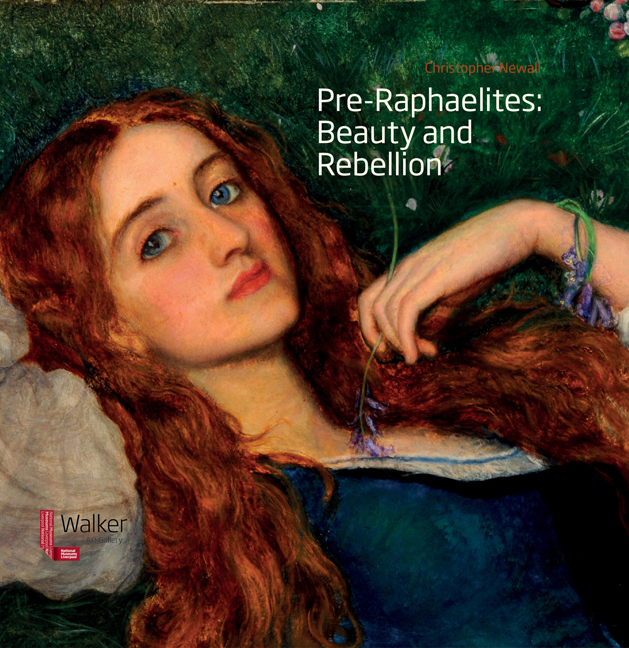The Liverpool patrons
Summary
In a series of articles in the Athenæum, published between 1875 and 1887, the critic Frederic George Stephens gave vivid accounts of works of art that he had seen in private collections in Liverpool and Birkenhead. As he had previously done for the art patrons of Newcastle and Gateshead-on-Tyne, Stephens offered the readership of this modestly intellectual, Londonbased literary magazine glimpses of the extraordinary collections that were being assembled in the northwestern conurbation. He indicated the passion with which these men and women, who were generally people who had risen to wealth and influence in a generation, and did not come from family backgrounds in which collecting art was part of an inherited culture, approached the process of acquisition.
Stephens occasionally referred to paintings by Old Masters – for example works by Tintoretto, Velasquez and Rembrandt belonging to Frederick Leyland, Netherlandish landscapes belonging to Anna Maria Heywood of Norris Green, works attributed to Murillo and Veronese belonging to Alfred Fletcher of Woolton, and the remarkable accumulation of antique statuary at Ince Blundell Hall. Other collections described included works by French 19th-century artists, generally of the more conservative type, for example that of Grant Morris of Woolton. As might be expected, however, the majority of the works that Stephens documented were by British artists, and with a clear preponderance for paintings and drawings of the second and third quarters of the 19th century. The writer had been one of the founding members of the Pre-Raphaelite Brotherhood in 1848 and although he seems never to have contemplated a professional career as a painter his appreciation of contemporary art – and especially Pre-Raphaelitism – was undoubted. How he persuaded collectors to admit him to their houses and likewise to recommend him to others who owned works of art of quality can only be imagined.
Among the Liverpool collectors of Pre-Raphaelite art of the first generation was John Miller. From Lanarkshire, Miller appears to have moved to Liverpool as a young man to advance his business interests through trade in goods from North America including cotton and timber. No other figure of his generation was so intent upon fostering the arts in the city, nor did any other patron appear so well liked by the painters and critics who were his friends.
- Type
- Chapter
- Information
- Pre-Raphaelites: Beauty and Rebellion , pp. 39 - 62Publisher: Liverpool University PressPrint publication year: 2016



